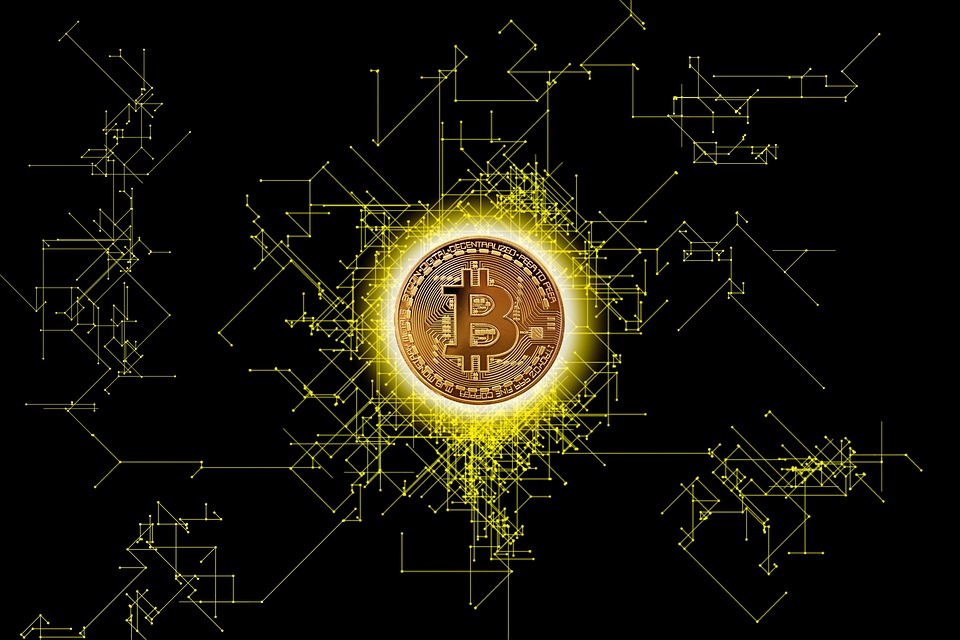Introduction to Ethereum
Ethereum is often mentioned in the same breath as Bitcoin, but it offers much more than just a digital currency. While Bitcoin was designed as an alternative to traditional money, Ethereum is a decentralized platform that enables developers to build and deploy applications that run on blockchain technology. This article explores the multifaceted world of Ethereum, diving into its cryptocurrency aspect and its revolutionary smart contracts.
Understanding Ethereum as a Cryptocurrency
At its core, Ethereum functions as a cryptocurrency, much like Bitcoin. The native currency of the Ethereum network is Ether (ETH), which is used to power transactions and computational services on the platform. Ether can be bought, sold, and traded on various cryptocurrency exchanges, and it is used to incentivize network participants to validate transactions and secure the network.
Beyond Currency: The Ethereum Virtual Machine
What sets Ethereum apart from other cryptocurrencies is its powerful underlying technology, the Ethereum Virtual Machine (EVM). The EVM is a decentralized computing engine that allows developers to create decentralized applications (dApps) using smart contracts. These smart contracts are self-executing contracts with the terms of the agreement directly written into code, enabling trustless and automated transactions.
What Are Smart Contracts?
Smart contracts are the backbone of Ethereum’s functionality beyond cryptocurrency. They are programs stored on the Ethereum blockchain that automatically execute actions when certain conditions are met. This automation reduces the need for intermediaries, lowers costs, and increases the efficiency of transactions.
Applications of Smart Contracts
The potential applications of smart contracts are vast and varied. They can be used in industries such as finance, real estate, supply chain management, and more. For example, in the real estate industry, smart contracts can automate the process of transferring property ownership once payment is received, reducing the need for lawyers and escrow services. In supply chain management, they can track the provenance and movement of goods, ensuring transparency and reducing fraud.
The Ethereum Ecosystem
Ethereum has fostered a vibrant ecosystem of developers, entrepreneurs, and innovators. The platform supports a wide array of dApps, ranging from decentralized finance (DeFi) platforms to non-fungible token (NFT) marketplaces. Ethereum’s open-source nature encourages collaboration and innovation, leading to continuous improvements and new use cases.
Decentralized Finance (DeFi)
One of the most significant developments within the Ethereum ecosystem is the rise of decentralized finance. DeFi platforms leverage smart contracts to offer traditional financial services such as lending, borrowing, and trading without the need for centralized intermediaries. This democratizes access to financial services and provides users with greater control over their assets.
Non-Fungible Tokens (NFTs)
NFTs have gained immense popularity, particularly in the art and entertainment industries. These unique digital assets are created and traded on the Ethereum blockchain, allowing artists and creators to monetize their work directly. NFTs have opened up new revenue streams and ownership models in the digital age.
Challenges and the Future of Ethereum
Despite its potential, Ethereum faces challenges such as scalability, high transaction fees, and energy consumption. The network is actively working on solutions, including Ethereum 2.0, which aims to transition from a proof-of-work to a proof-of-stake consensus mechanism, improving efficiency and scalability.
The future of Ethereum is promising, with ongoing developments and innovations. As it continues to evolve, Ethereum is poised to reshape industries, redefine financial systems, and unlock new possibilities in the digital world.
Conclusion
Ethereum is much more than just a cryptocurrency. Its innovative use of smart contracts and decentralized applications positions it as a transformative force in the digital landscape. As developers and businesses continue to explore its potential, Ethereum’s impact will likely extend far beyond the realm of finance, ushering in a new era of decentralized innovation.



